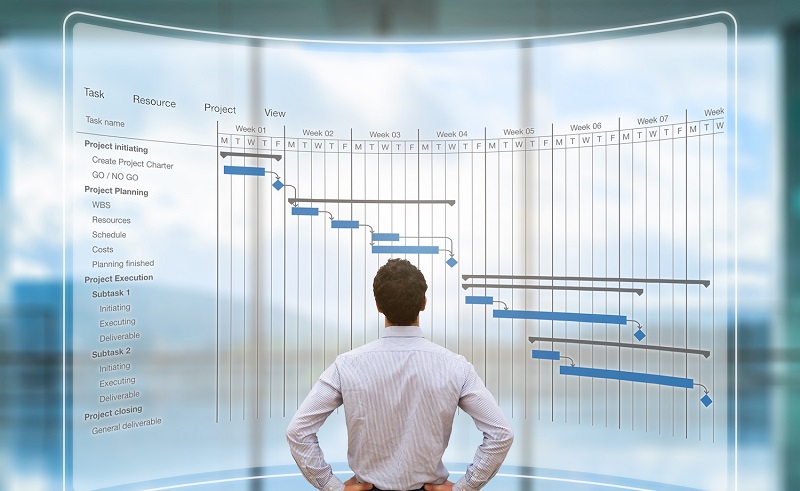
It is vital to carry information controls to manage a small business. It is not simply selling, asking for inventory when we want and finally see the account statement and think that this is what we gain from the utility.
There are 5 controls that we can develop in Excel to manage a small business:
How to manage a small business with excel
Excel is an office tool that allows you to manipulate figures in an easy and practical way. If you do not know how to use excel, I recommend taking a course, given that it is fundamental in the administration of the business.
There are 5 controls that we can use to manage a business with excel:
1. Sales control
The first control when managing a small business is keeping track of sales.
Depending on the business type and the type of business ideas, you must adopt the use of Excel thinking about what you want the information collected.
For example, the easiest way to control sales is simply to keep a record of the products sold at the end of the day and at the end of the month see the total sales per product. This tells us which is the best selling product and will help us to take the relationship between sales, costs and profits.
In case you need to keep a more detailed control, for example of each sale by product, by orders, there is a type of programs called “Point of Sale” or “POS”.
You may also like to read, how to unlock zoom account. To know more visit our Blog https://uphilltechno.com/.
This program is used by businesses where orders are frequent, such as a restaurant, a grocery store, etc. You can search in google as “pos program”.
2. Inventory control
In most businesses where tangible products are sold, inventory control is required to run a business. Inventories in simple terms are the amount of product you have in your store and sold to the public.
Poor control, based “on the eye” or pure observation, leads to a shortage of products and therefore to potential sales losses.
In excel, it is possible to keep a control based on inputs and outputs. That is, on the one hand, we are going to add the product entries and subtract the outputs, to determine the actual quantity of inventories.
It can take more complex, for example, determine the rotation time of the products, control the inventory according to the time of delivery by suppliers, keep control by the characteristics of the product as color, size, etc.
To take better control of the inventory of your business, I recommend you to learn how to manage a small business. To do that you can take the course Purchases and Inventories for SMEs, where you will discover all the techniques and strategies to keep your inventory under control.
3. Cost control
Given the complexity of the business, the formula “Price – Cost of the provider = Utilities” is not enough. There are many other costs to consider, divided into:
Fixed costs vs. variables: Fixed costs are those that do not depend on sales, such as rent, salaries or service payments. The variable costs depend on the product sold, for example the raw material, the consumables used, etc.
Direct costs vs. indirect: direct costs are the most obvious costs, such as the cost of 1 unit per provider. However, there are hidden costs called indirect costs. These are, for example, the cost of gasoline to collect the product, transport, wear and tear on the machines, etc.
For a more detailed analysis in excel, I would recommend you to check how to manage a small business. You may also check the course of ALFA, Automatic Financial Analysis, where we see in Excel how to determine the costs of a project or business idea.
4. Cash control
One reason why businesses fail in the lack of control of cash, they need every day to make transactions with customers, pay suppliers, pay debts such as services, rent, etc.
Cash control is different with sales control because, in case of giving credit, giving credit, or problems with the transaction, the sale does not reflect the real money in cash.
For this, it is necessary to manage the business from the box and keep a daily record (even with a sheet and calculator) of the physical money that enters vs. the money that comes out.
5. Debt control
One aspect that is little commented on in Management is the control of short and long-term debts.
That is, to have information about the debts that we have to pay, for example, salaries, salaries, rent, payment of services, credits, payment of suppliers, etc., separate from sales.
By separating this aspect from sales, we can determine how much we have to sell per month to satisfy these debts.
This is also called balance point, where we do not win but we do not lose either.
In excel, by listing all these debts, we can easily define the debt of the week, month and year, and make minimum sales targets that we have to reach to manage these debts. Now we know how to manage a small business with debt control.



